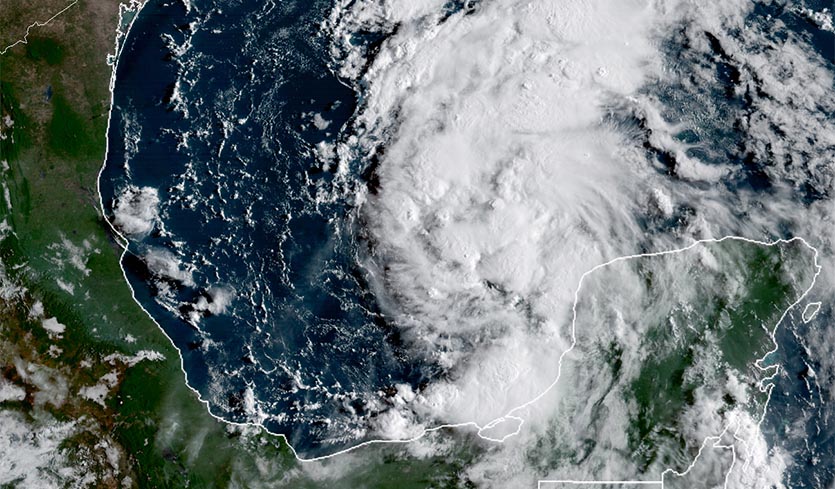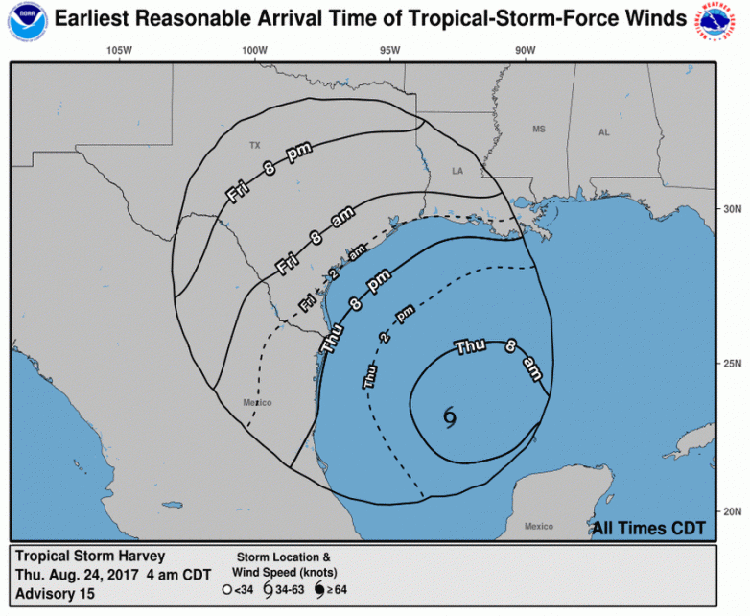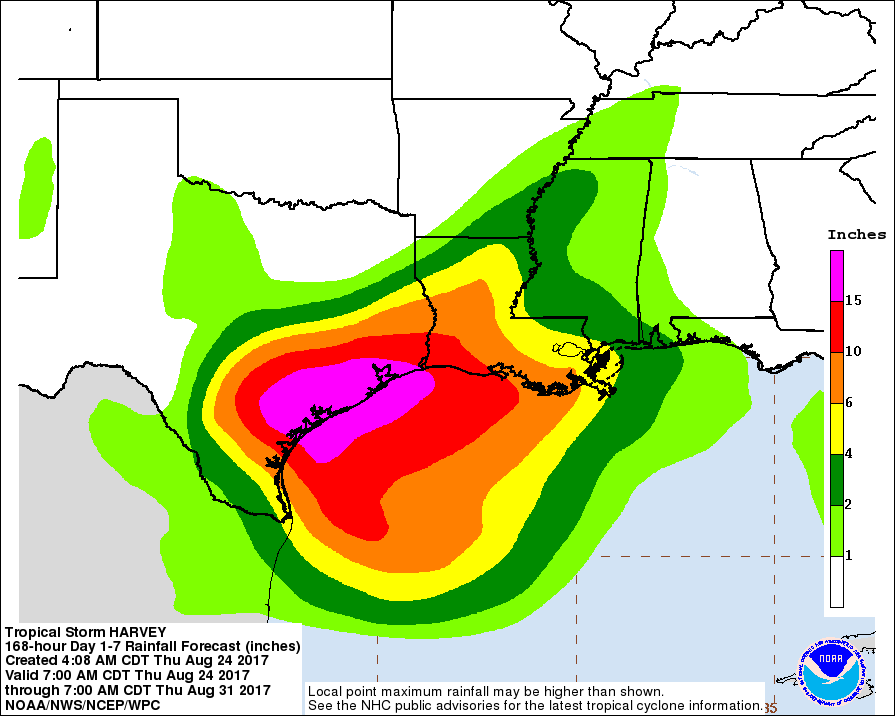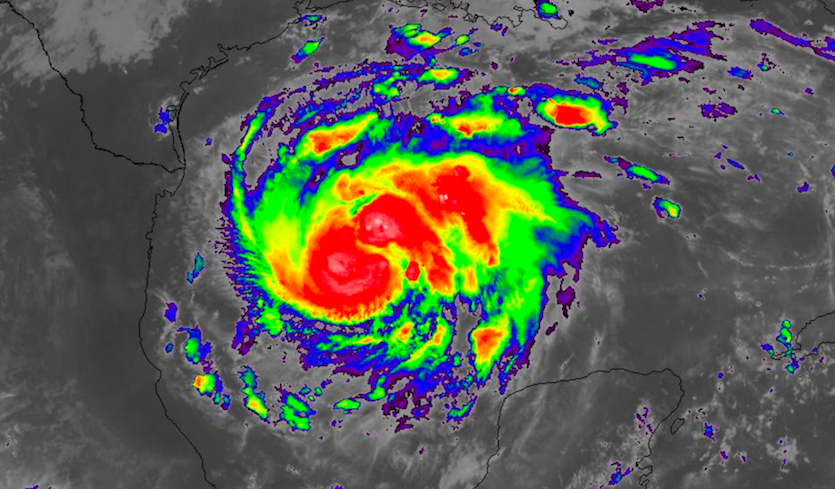Introduction
Is your house in San Antonio or another well-inland location in danger from Hurricane Harvey? No, probably not, but there are some things you should take care of to help decrease your risk. This guide is meant for residents of San Antonio. If you're on the coast, you should already have followed the advisories of your local authorities and evacuated as they recommend. Also, if you're on the coast, there's a whole set of FEMA-derived best practices for construction which we would be happy to help you through; just call.
You should first consider the biggest dangers from hurricanes, according to the National Hurricane Center:
http://www.nhc.noaa.gov/prepare/hazards.php
It's far more likely for you to be in danger out on the roads than at home. So stay home unless you have direction to evacuate or unless you have legitimate reason to think your home could be at risk. That said, let's discuss a few things that you might investigate before the storm gets here. The two biggest dangers of hurricanes to structures are wind and water. Let's take them in order.

Wind
Wind creates two dangers: 1) flying objects; and 2) structure damage.
Flying Objects
First of all, pick up around the yard. Make sure that there aren't objects that the wind can pick up and blow around. Anything with large, flat surfaces should be taken inside or otherwise secured well. If you're particularly worried about the exposure of one or more windows, then batten them up with plywood. There's only so much you can do, though, because flying objects can travel from somewhere else to meet your house at high speed. It's not a bad idea to stand by with some plywood and nails to temporarily cover up a damaged window.
Structure Damage
Roofs: How new is your roof? Any relatively new (less than 10 years old) roof should be fine if it was installed correctly. As roofs age, the edges, corners, and ridges are the trouble spots for wind damage. Make sure they're in good shape. A 15-year-old shingle roof may well have some issues like those. Any shingle roof pushing past 20 on to 30 years old may be problematic, and roofs older than that will probably have issues. Metal and tile roofs should be inspected by professionals to ensure that they're still safe and secure. Well-installed metal or tile roofs can easily have a safe 40- to 50-year lifespan.
Walls: Brick, assuming it's in decent condition, will be fine. Check your siding to make sure that nothing is sagging or drooping or otherwise showing evidence of deterioration. Wind-blown rain can cause trouble for windows -- have you had any issues with water leakage at your windows recently? If so, this storm will cause problems for you. Most well-installed windows in decent condition should be fine, assuming you've removed any potential hazards from flying objects.
Structural Integrity, General: Collapse of your home in a storm like this generally isn't an issue unless it's basically uninhabitable already (at least in inland locations -- coastal areas are a different story entirely, and require special and individualized attention). High winds can and do cause progressive failures of roofing, siding, and other envelope materials which can in turn make structures more vulnerable to structural damage. Keep in mind that your 100-year-old house has ridden out a couple of these sorts of events, but it's also older now. Just like all of us. Sigh.

Water
Fortunately, in our inland location, we don't have to worry about storm surge. From the perspective of rain, it may be a lot like the storms of 1998 and 2002. If you had issues with your location then, you may very well have them again. If you rode those storms out with no issues, you should be OK this time, too. If things were borderline back then, strongly consider taking steps to protect yourself -- this one could be worse. The real danger with water is to drivers and others who don't know how deep the water in a particular spot really is until it's too late.
It's a good idea, at any time and at any home, to make sure that water is directed away from your home. Water running under or up against your house creates long-term foundation issues, and with a big storm, can just be a yucky mess. It's every bit as important as maintaining your roof.

Questions?
Let us know at [email protected]. Stay safe.
